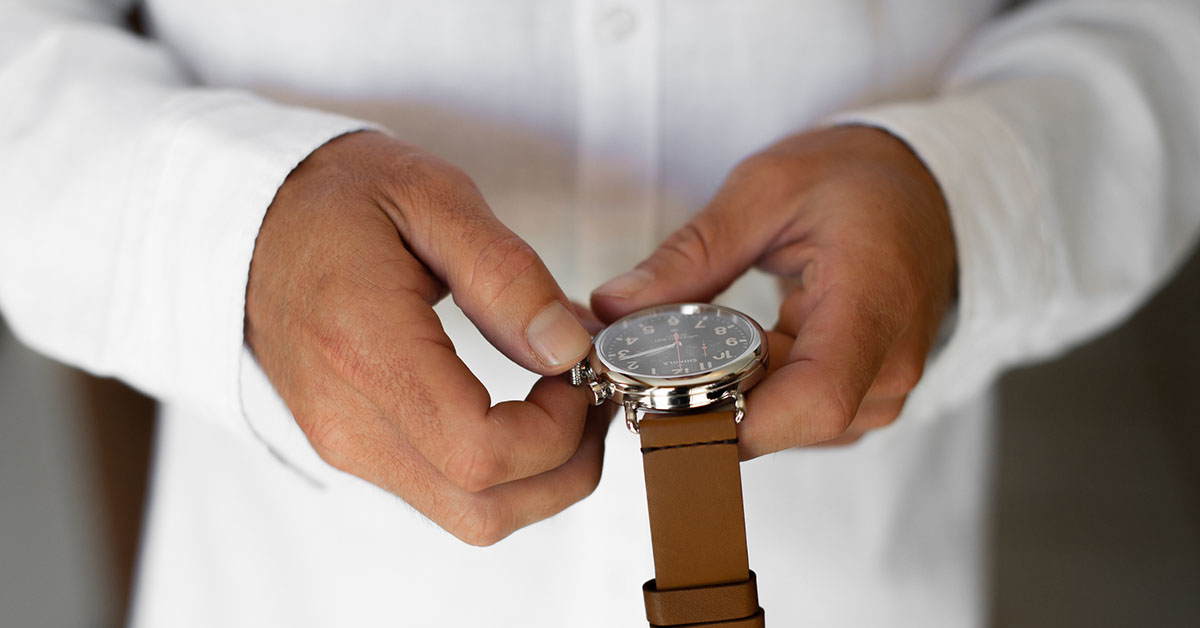Here’s what you can do to reduce your risk for developing diabetes
If your doctor has given you the news that you have prediabetes, don’t panic. Prediabetes is a condition that can affect both adults and children, and is marked by blood sugar levels being higher than they should be. Your blood sugar levels aren’t yet in the range of diabetes with this condition, but it’s a wake-up call to let you know your condition could turn into diabetes.
About 84 million American adults have prediabetes, according to the Centers for Disease Control and Prevention. If you’re diagnosed with prediabetes, your body isn’t functioning the way it would normally. But, you can reverse prediabetes.
What causes prediabetes?
The reason you develop prediabetes is due to a hormone called insulin. Your pancreas is the organ that makes insulin when you eat. Insulin controls your blood sugar levels. Sometimes, you’re not making enough insulin or you’re not responding to it well enough to control your blood sugar levels. If you’re diagnosed with prediabetes, your body doesn’t use insulin properly (insulin resistance). This may be linked to your lifestyle choices and your genetics. Lifestyle choices that could impact your risk include:
- Poor diet
- Lack of exercise
- Being overweight
- Excess body fat, especially around the waist
Although it may seem logical that eating too much sugar leads to prediabetes, it’s not that simple. It’s the way that your body processes the sugar that can lead to its development. However, it’s always important to maintain a healthy diet.
Prediabetes risks
Besides diet and exercise, you may have an increased risk of getting prediabetes if your have the following risk factors:
- You’re over 45.
- You have high cholesterol.
- You had gestational diabetes.
- You have high blood pressure.
- You have polycystic ovary syndrome.
- You have heart disease or had a stroke.
- You have sleep apnea or a sleep disorder.
- Your family has a history of Type 2 diabetes.
Certain races, such as African-Americans, Hispanics, Native Americans and Asian-Americans tend to be more likely to develop prediabetes. The reason why isn’t clear yet to researchers.
Prediabetes symptoms
You may not have symptoms of prediabetes. However, you may have some symptoms of Type 2 diabetes, including:
- More thirst
- General fatigue
- Frequent urination
These symptoms may not mean you have prediabetes or diabetes. However, you should always see your doctor if you have a concern.
Doctors use a glucose tolerance blood test, or hemoglobin A1C (average blood sugar test), to diagnose prediabetes. Pregnant women often have this test to screen for gestational diabetes. A routine blood test that includes glucose tolerance can detect prediabetes.
Lifestyle changes you can make after a diagnosis
There are no medical treatments for prediabetes. However, you can take cholesterol-lowering medications. Those alone won’t reverse prediabetes. It’s up to you to turn the condition completely around. The healthier you are, the less likely you’ll continue to have prediabetes. When you beat it, you can keep from getting Type 2 diabetes. A healthy diet and exercise naturally lowers your blood pressure and cholesterol levels. In turn, you can reverse prediabetes.
To reverse prediabetes, eat low-glycemic-index foods. Many diabetics follow a low-glycemic-index diet. Low glycemic foods positively affect your blood sugar. A food with a low glycemic index can keep your blood sugar normal. A food with a high glycemic index raises your blood sugar levels faster. High-glycemic foods include refined carbohydrates and starchy foods such as white rice, white bread and potatoes. Healthy low-glycemic foods include:
- Beans
- Fruits (most)
- Steel-cut oats
- Sweet potatoes
- Green vegetables
- Whole wheat pasta
The index is easy to read and follow. Your doctor can give you a glycemic food index list and help you work on a diet that meets your needs.
Do you want to learn more about how to prevent or manage prediabetes? Visit Mercy.com to make an appointment with a primary care doctor. We’ll help you set and reach new health goals.






